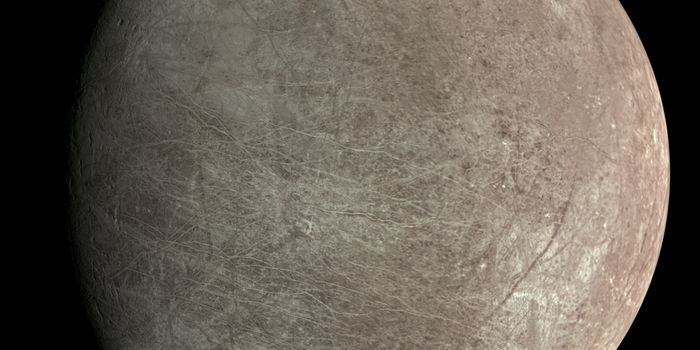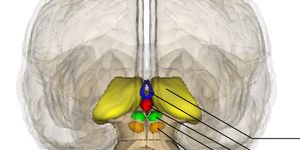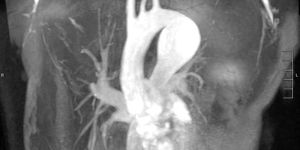Giant Old Stars May Have the Potential to Support Life Too
Astronomers are on a constant search for exoplanets that have the potential to support life. One of the things we look for are host stars that look a lot like our Sun where the exoplanets are orbiting in what’s known as the “habitable zone.”

The findings of this study, which were published in the Astrophysical Journal by astronomers from Cornell University, suggest that as stars get larger, the habitable zone moves outward to planets in the outer reaches of the system.
This is because when a star gets larger, the inner planets become hotter and the outer planets will warm up too as a result. This melts any frozen ice and allows outer planets to host liquid water.
“When a star ages and brightens, the habitable zone moves outward and you’re basically giving a second wind to a planetary system,” said Ramses M. Ramirez, research associate at Cornell’s Carl Sagan Institute and lead author of the study. “Currently objects in these outer regions are frozen in our own solar system, like Europa and Enceladus – moons orbiting Jupiter and Saturn.”
What we learn here is that even larger, older stars have the ability to support live, assuming exoplanets are orbiting the star’s current habitable zone. Younger stars have a much closer habitable zone, while older stars have a much further habitable zone.
We can learn more about this model by studying our own solar system. In the current state of our solar system, Earth and Mars are currently residing in the habitable zone. But some day, when our Sun becomes older and turns into a red giant, Earth and Mars will be too close to the Sun to support life, and the habitable zone will be occupied by Jupiter and Saturn instead.

“Long after our own plain yellow sun expands to become a red giant star and turns Earth into a sizzling hot wasteland, there are still regions in our solar system – and other solar systems as well – where life might thrive,” Lisa Kaltenegger, an associate professor, said.
The model suggests that we need to be studying exoplanet systems with stars of all ages, and not just those that are similar to our Sun. By excluding other systems, we are missing out on potential discoveries that could change what we know about life in our universe.
Source: Cornell University








